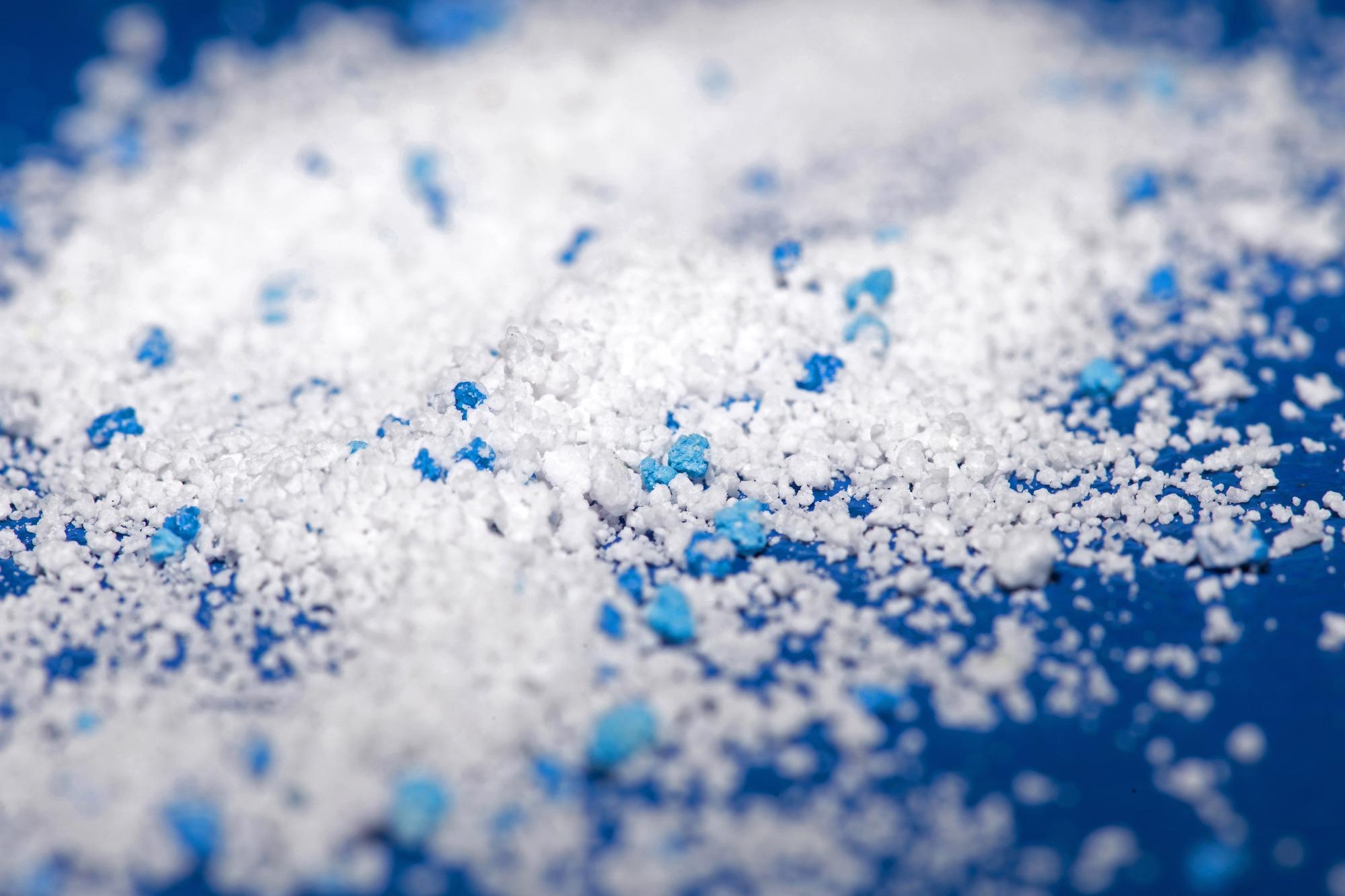
Image Credit: Shutterstock.com / Pcess609
The problem of plastic pollution may have gone airborne carried by the wind resulting in the ‘plastification’ of our planet.
Microplastics have become an increasing source of concern for researchers and environmentalists. Traces of these tiny plastics can be found in every corner of the globe, throughout the food chain, and in drinking water, primarily due to water contamination.
Marine ecosystems may not be the only environment widely invaded by microplastics, unfortunately. New research from scientists hailing from Cornell University and Utah State University shows that microplastic particles may also be carried by air, using this medium to circulate these micron-sized particles around the Earth.
The patterns of distribution observed and modeled by the team, led by Cornell professor of engineering Natalie Mahowald and postdoctoral fellow Marje Prank, suggest that microplastics move through the atmosphere in a similar way to molecules such as water, carbon and nitrogen.
But, whereas these molecules are vital for life on the planet, microplastics have been shown to damage the organs of animals and humans when physically ingested. In addition, microplastics can damage soils, affecting the quality of food we grow. And this is just the tip of the iceberg, according to some scientists.
That means this latest finding, documented in a paper published in the latest edition of the journal Proceedings of the National Academy of Science, could be a serious cause for concern, demonstrating that the true extent of plastic pollution is still unknown.
A Plastic Planet
To build a model of airborne plastic pollution, the team collected samples from the atmosphere across the western US over a period of 14 months between December 2017 and January 2019. They estimated that around 22,000 tonnes of microplastics were deposited over the US annually.
The team found that 84% of these plastics in the air came from road dust, meaning that the vast majority of airborne microplastics are churned up from roadways when cars and trucks disturb them.
With the ocean a major sink for microplastics, it may not be surprising to find sea spray is the second most significant contribution to microplastics in the air — although at 11%, this contribution is dwarfed by that made by road dust.
Researchers think that these sea spray microplastics are being created when the tides and wave action wears down plastic clumped into large oceanic clusters. The result is micron-sized particles of plastic that can be picked up and carried by the wind — often for periods as long as six days.
The team found that a further 5% of the atmospheric microplastics were from agricultural sources — particularly soil dust.
The Wrong Type of Plastic Recycling
When the researchers began their study, they were unsure what the primary sources of atmospheric microplastics would be. Their model highlighted the fact that microplastics are being recycled through various linked ecosystems.
We found a lot of legacy plastic pollution everywhere we looked; it travels in the atmosphere and it deposits all over the world. This plastic is not new from this year. It’s from what we’ve already dumped into the environment over several decades.
Janice Brahney, the paper’s Lead Author and Assistant Professor of Natural Resources, Utah State University
The team found that atmospheric transport is causing microplastics to build up in unexpected regions, with high concentrations found in national parks and rural regions far away from cities and oceans.
The jetstream is even allowing microplastics to accumulate in extremely remote regions. Prank describes the findings made by the team and the volume of microplastics in the atmosphere as, “alarming.”
The team also suggests that as plastic production increases at a rate of roughly 4% per year, a better understanding of the source of microsplastics, their transport mechanisms and the potential risk to health are research areas that should be highly prioritized.
References
1. Brahney. J., Mahowald. N., Prank. M., et al, [2021], ‘Constraining the atmospheric limb of the plastic cycle,’ Proceedings of the National Academy of Science, [https://doi.org/10.1073/pnas.2020719118]
Disclaimer: The views expressed here are those of the author expressed in their private capacity and do not necessarily represent the views of AZoM.com Limited T/A AZoNetwork the owner and operator of this website. This disclaimer forms part of the Terms and conditions of use of this website.